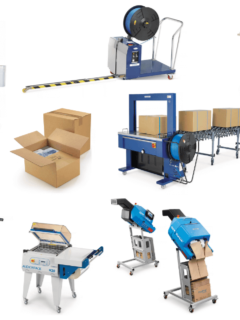Logistics costs are one of the unavoidable expenses in a company. However, it is possible tooptimise the distribution of logistics costs, especially to generate more profit. To do this, it is necessary to identify the various expense items and to implementmethods to optimise or reduce these costs. In this article, discover the keys to reducing your logistics costs
What are the different expenditure items in logistics?
in logistics, there are many expense items. Each stage of the supply chain generates costs, from the purchase of goods to their transport. Here is how the distribution of logistics costs is organised
- The product purchase or production coststhe purchase of goods, raw materials and the production of goods inevitably generate costs for the company.
- The storage/warehouse management costsstorage space has a cost which is impacted by, among other things, the rental of the warehouse or the depreciation of the purchase, insurance, or various taxes. Capital must be mobilised for software, equipment (handling equipment) and infrastructure (shelving), and for their maintenance. Feel free to download our guide to the main principles of storageand save money.
- The packaging costspackaging: order preparation is a major area of expenditure. The various packaging used, cartons, boxes, vacuum packs, etc., all lead to unavoidable expenditure at the time of purchase.
- The transport costsfrom supply to distribution of the goods, transport represents a significant cost for the company. It can vary according to the mode of transport chosen, or the delivery times. It includes any customs clearance costs for exports.
- The costs related to reverse logistics(customer returns): these are part of a company’s hidden costs. Returned parcels entail logistics costs, which vary according to the company’s management
How can you reduce your company’s logistics costs?
if logistics costs cannot be eliminated, they can be reduced. Here are some ways tooptimise the distribution of logistics costs and improve the profitability of the company
Optimising warehouse costs
the productivity of a warehouse can be increased tenfold by choosing a storage method appropriate to your goods flow. A well-organised warehouse reduces picking time and makes the work of operators easier. The storage method depends on the picking method used in the warehouse. To optimise warehouse costs, you can choose
- The aBC method(Activity Based Coasting): goods are stored in the warehouse according to the company’s activities and order frequency, i.e. the turnover rate.
- The fIFO method(First In – First Out) method: this method, which is favoured by companies managing perishable goods, places the first products entered into stock close to the packing area.
- The lIFO method(Last In – First Out): the most recent products are placed close to the packing area. This method is well suited to warehouses handling seasonal goods
to optimise space, where possible ,opt for vertical storage to save floor space. You can outsource part of the logistics by using a logistics platform, which will take care of the storage of your goods, order preparation and shipping
Optimise packaging costs
youcan reduce your logistics costs by choosing packaging that is truly adapted to your products. On the one hand, you need to choose strong packaging, thus limiting the risk of damaging it during the order preparation phase, and consequently, waste.On theother hand, a half-empty box is a waste of space for transporting the goods. It is therefore possible to optimise shipping costs by choosing customised packaging. Finally, think about buying your packaging in bulk. As in most sectors of activity, the more you buy, the more you benefit from attractive rates. However, the storage space in your warehouse must allow for this
Optimise transport costs
understanding the price of transport is the first step in optimising these costs. This will show you whether you can get better rates from another carrier, or by changing the delivery contract. The greater the volume of your shipments, the greater the chance of getting a good rate. Don’t hesitate to ask about any volume discounts offered by your transport service providers. As rates can change, it is ideal tocall for tenders for transport on a regular basis. In this way, you can compare the rates and the carrier’s services and choose the most attractive offer without skimping on the quality of the deliveries. Lastly, pay particular attention to the distance your goods travel last mile this is the most expensive part of the journey, accounting for 20% of the total cost of transport. You can optimise it by applying different solutions. To do this, you can reduce the amount of empty packaging and pool shipments with other companies. This last kilometre is also the most polluting: for greener logistics, don’t hesitate to contact eco-responsible transporters 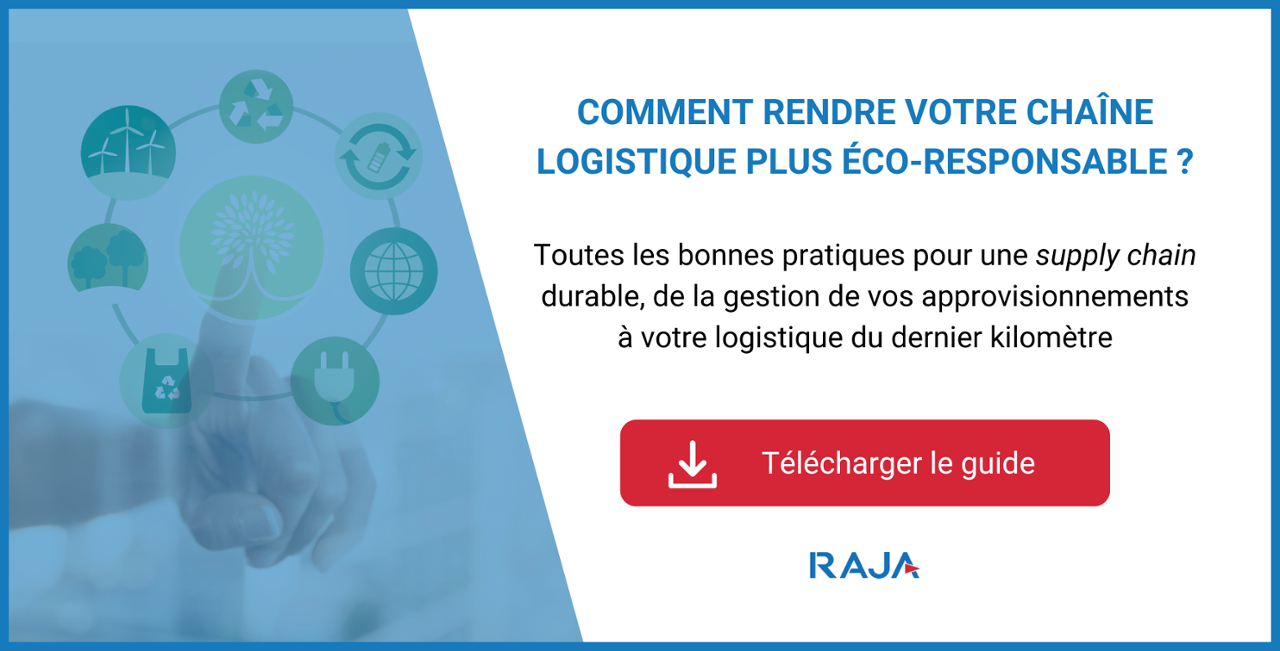 Optimise reverse logistics costsyour company’s reverse logisticspolicy should be written in such a waythat it does not discourage customers from buying your products because they cannot return them, but it should not encourage them to buy and then send their order back . It should specify the number of days customers have to return the product, the products accepted, the reasons for the return, and the conditions for refunds. Make sure that you receive customer returns in good condition by choosing round-trip packaginga well returned product is a product that can be put back on the market. This limits losses. For example, opt for
Optimise reverse logistics costsyour company’s reverse logisticspolicy should be written in such a waythat it does not discourage customers from buying your products because they cannot return them, but it should not encourage them to buy and then send their order back . It should specify the number of days customers have to return the product, the products accepted, the reasons for the return, and the conditions for refunds. Make sure that you receive customer returns in good condition by choosing round-trip packaginga well returned product is a product that can be put back on the market. This limits losses. For example, opt for
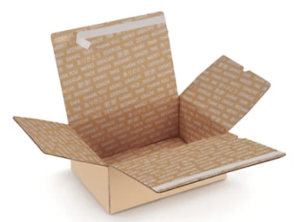 |
From cardboard boxes with a self-adhesive closurefor easy return shipment of fragile or bulky products |
 |
L’cardboard mailer with self-adhesive return fastenersfor sending and returning small items |
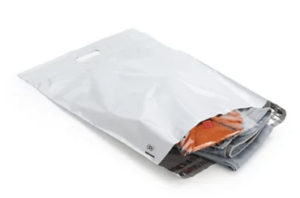 |
The opaque plastic returnable pouchesfor confidential items and easy forwarding |
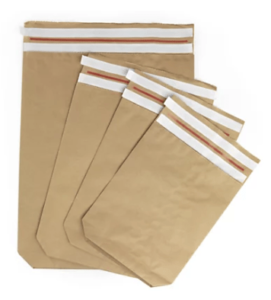 |
The kraft paper returnable shipping pouchesare an excellent alternative to the plastic pouch. |
optimising your logistics costs is a complex task. It must be carried out in a global way, from warehouse management to customer returns management. To do this, it is essential to know the variables of your expenses in order to put in place the right actions to reduce them














